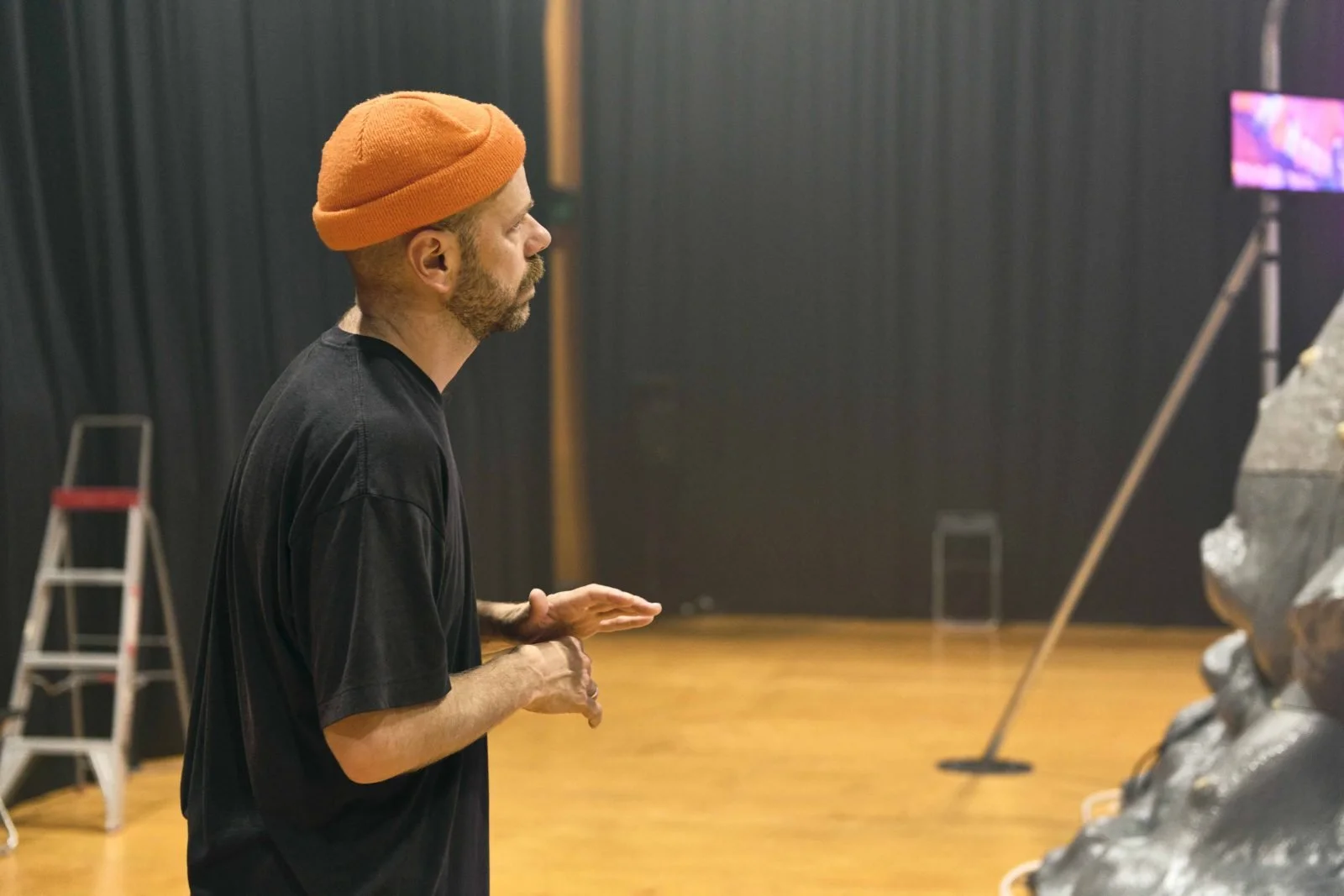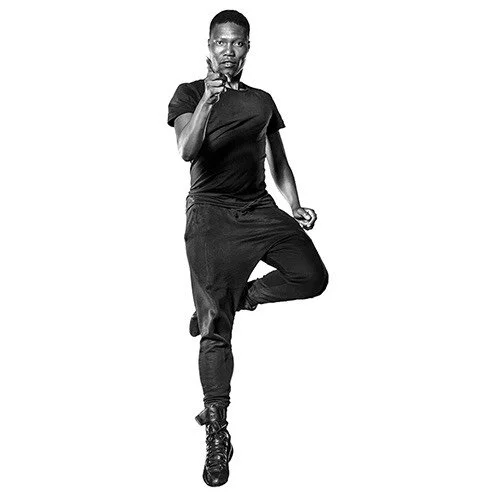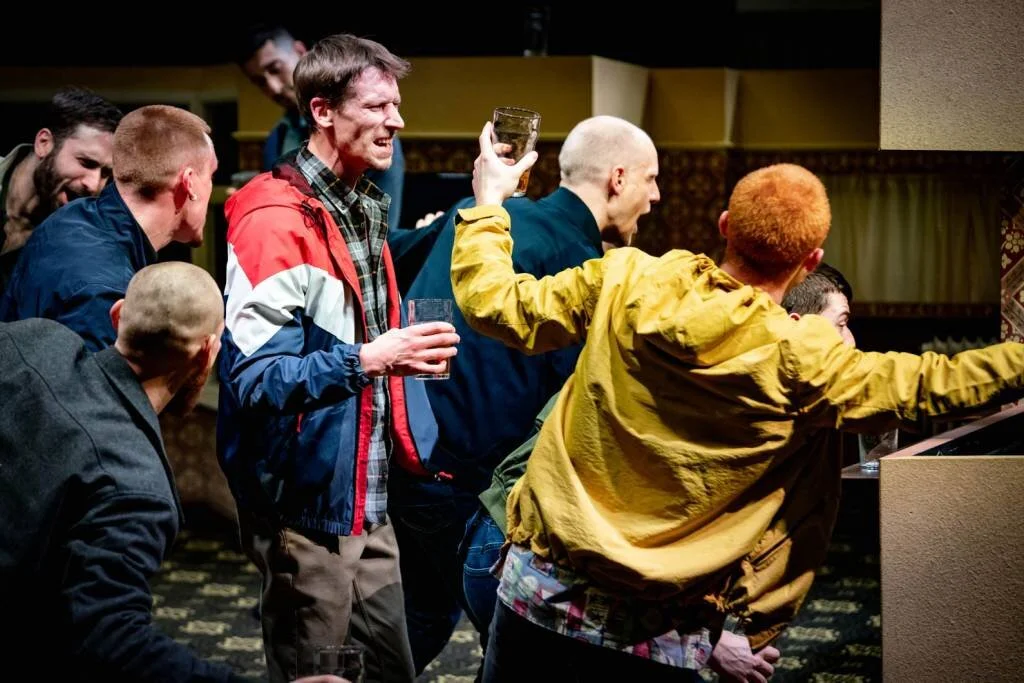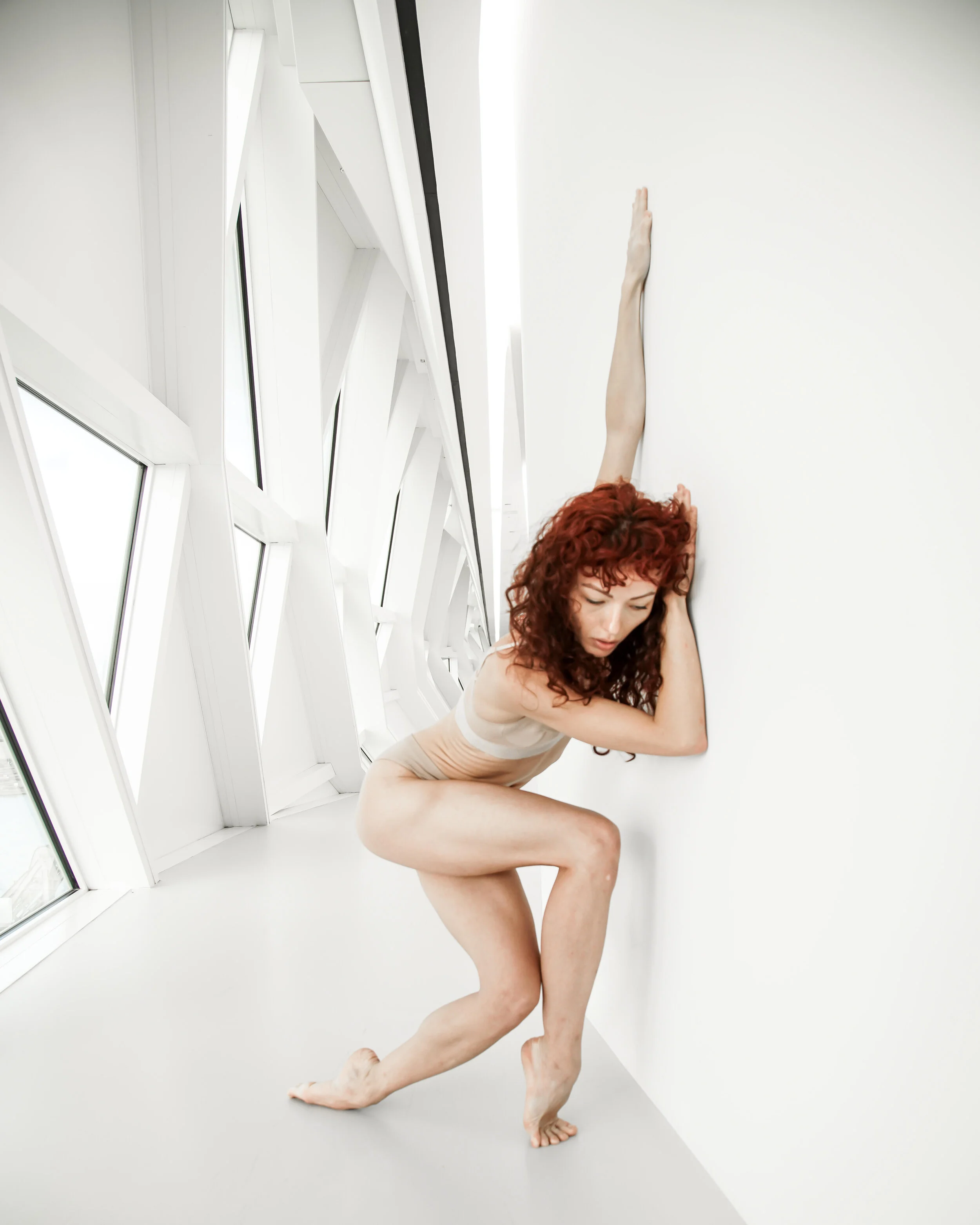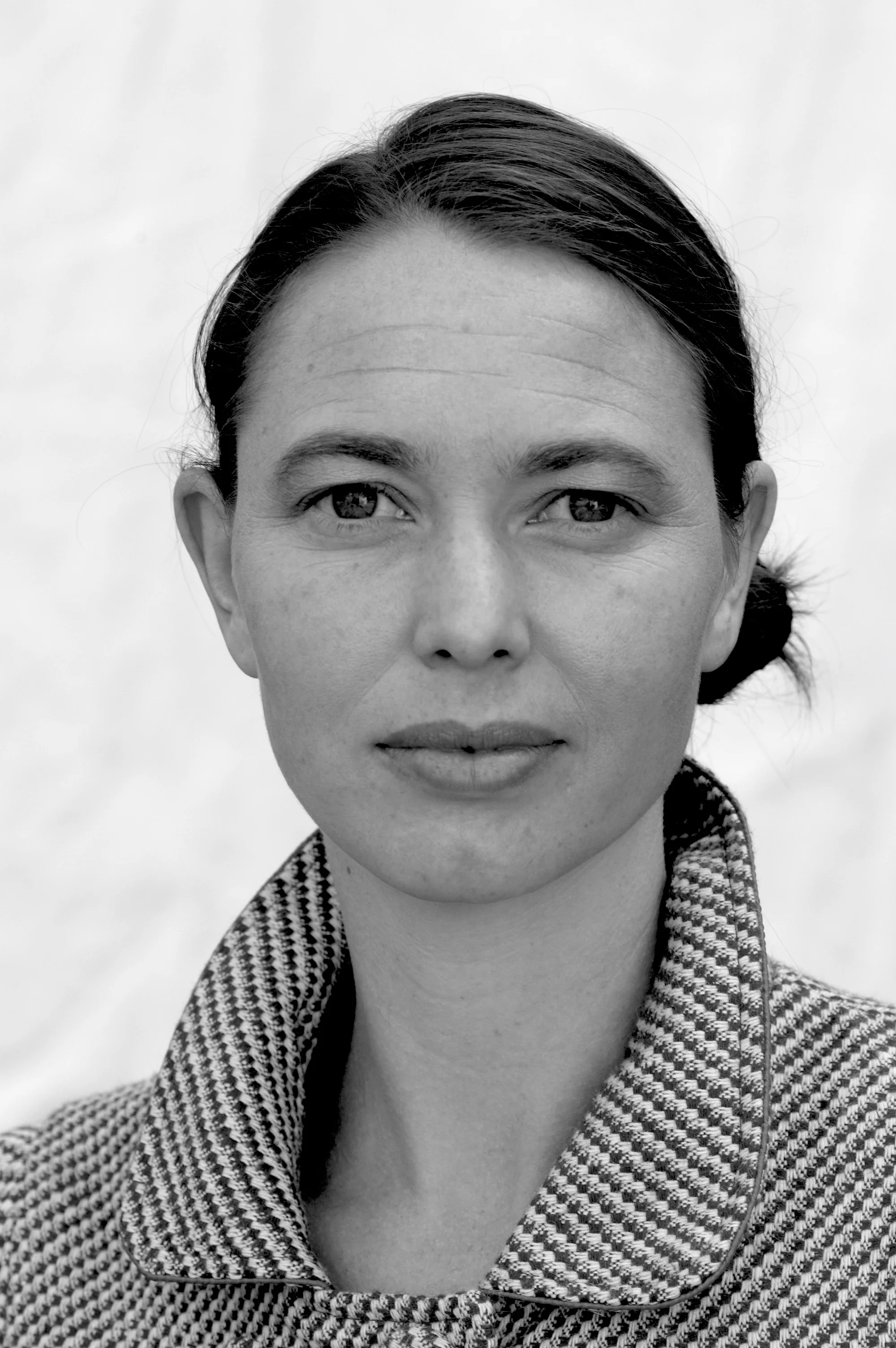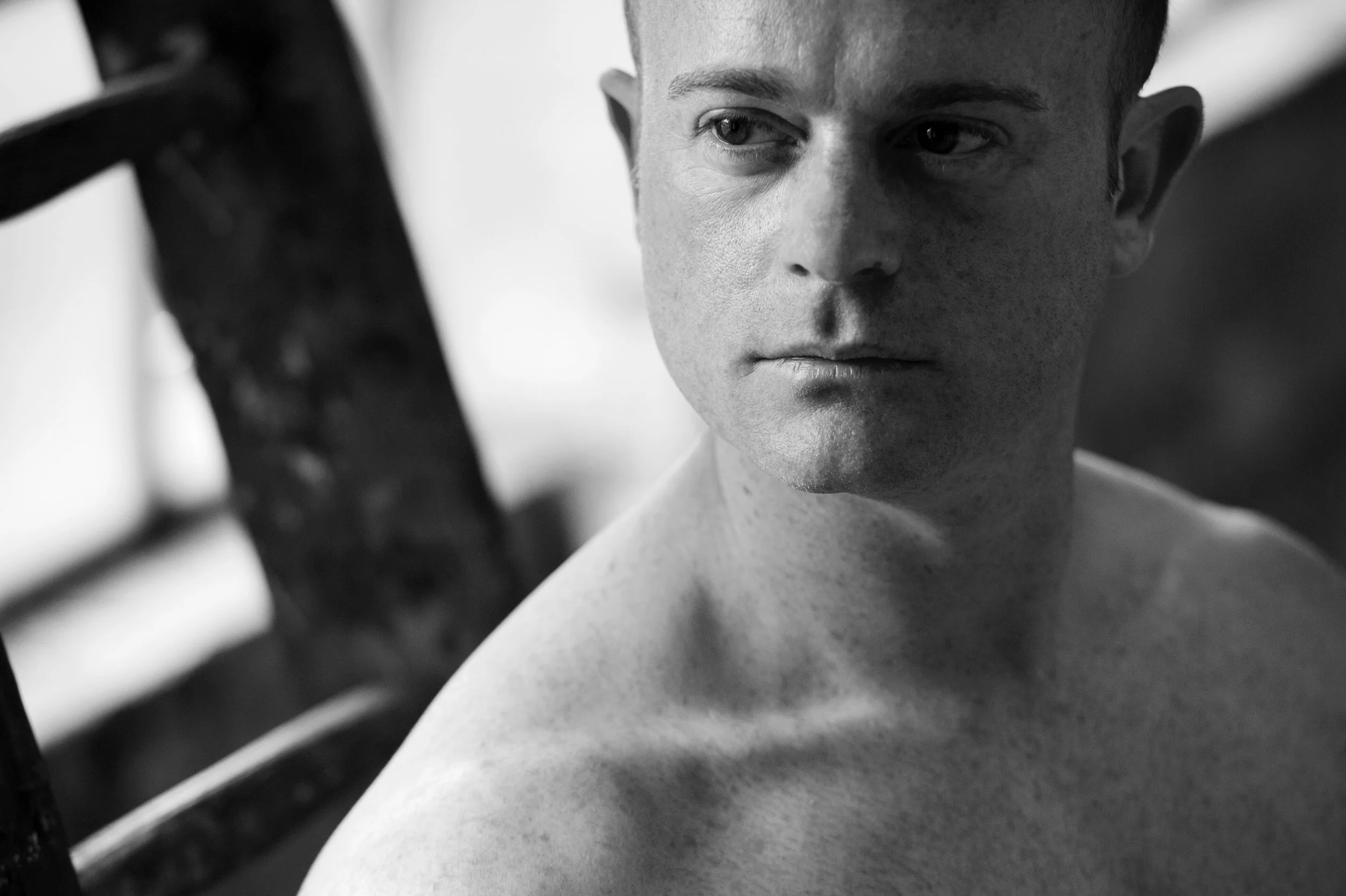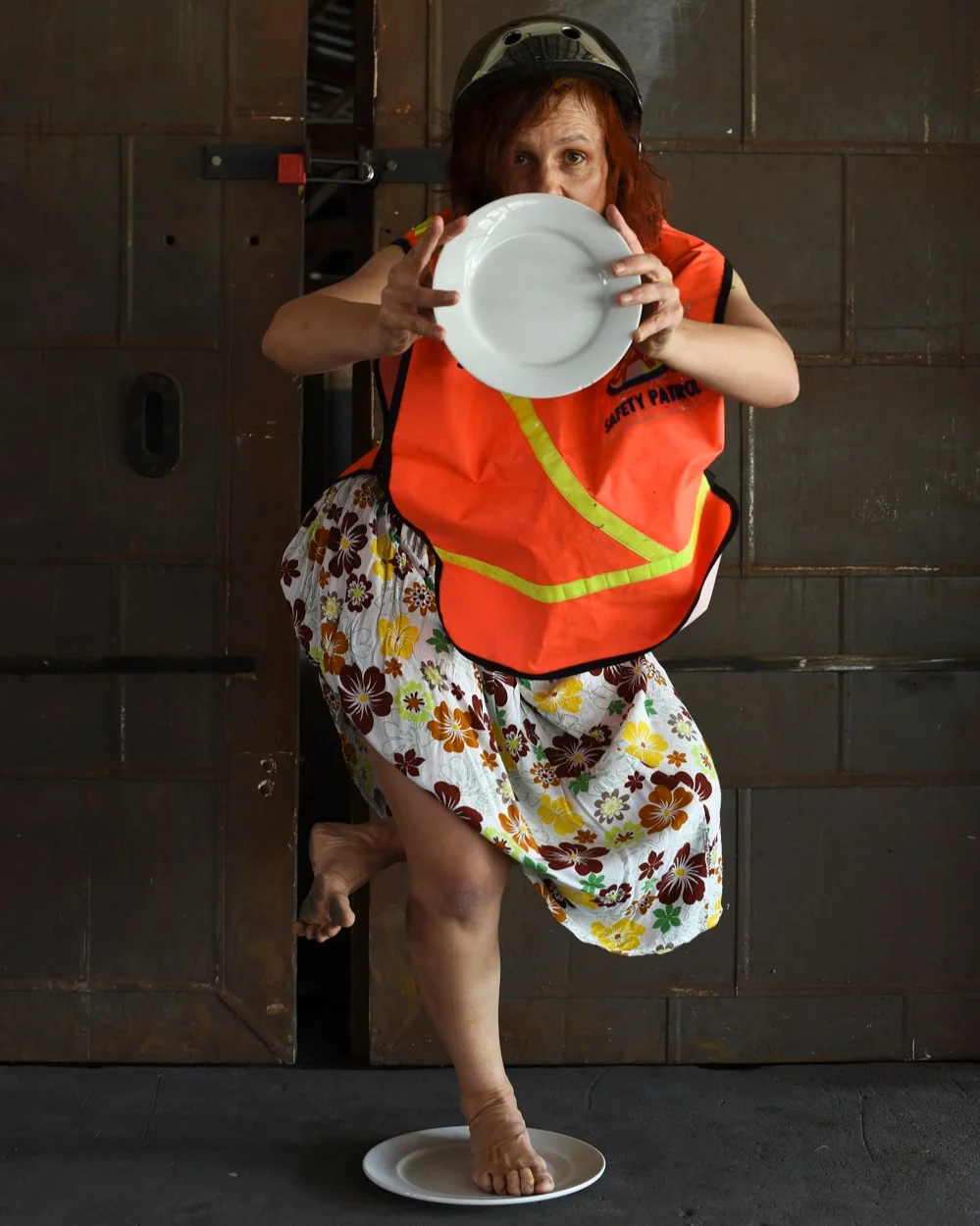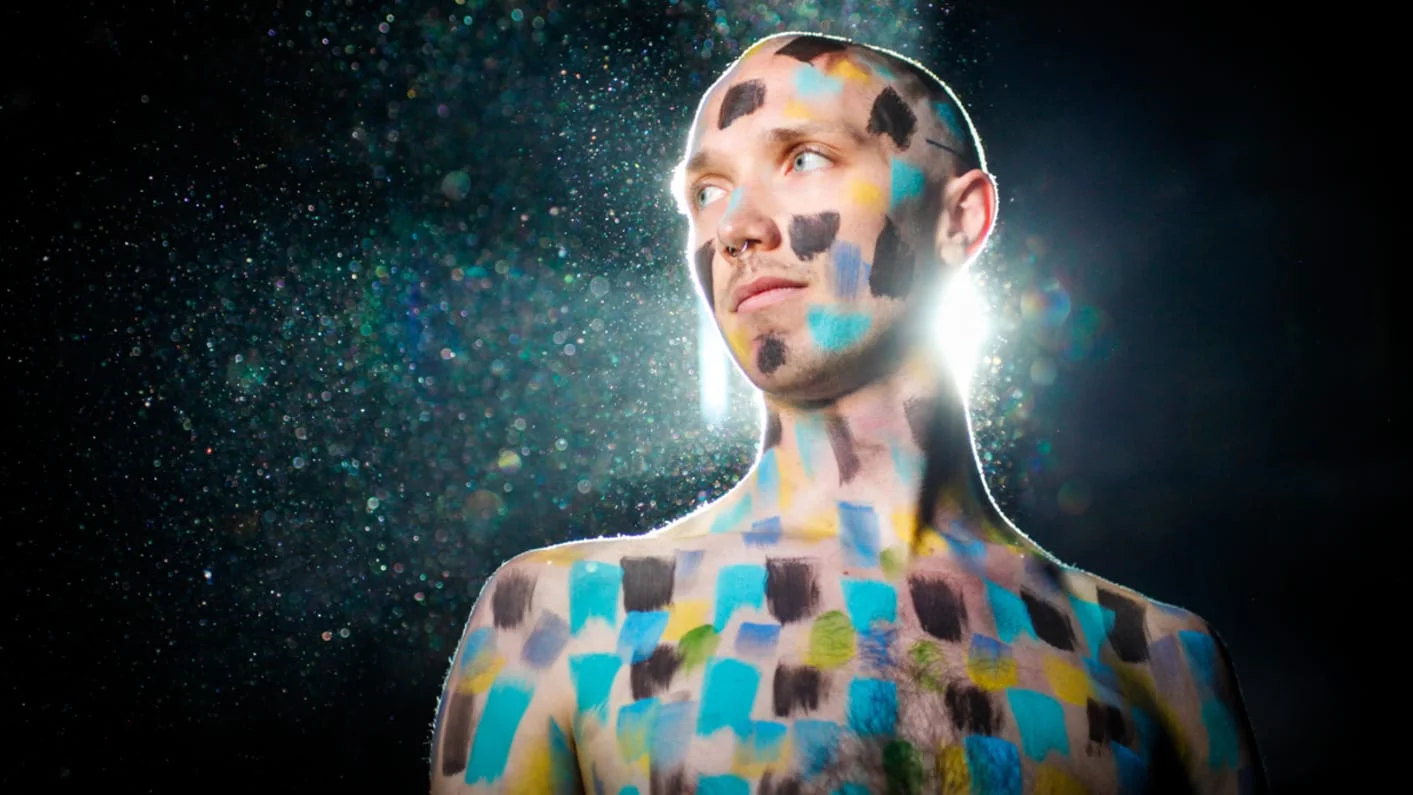Text by Dr Cathy Adamek
Cathy Adamek, a Residency at Dancehub SA, "Open Bliss" photo: Alex Waite-Mitchell 2019
The late 1980s and early 1990s saw the emergence of a new globally connected music known as electronic dance music culture, giving rise to techno, hip-hop and house music. Growing up in Adelaide, Australia, this moment in time had a profound effect on my life and creativity, so much so, I wrote a PhD on the subject when I turned 40. Based on my own participation in the dance music scene during this innovative period, I documented it by interviewing DJs producers, club owners and dancers about how new music, dance, fashion and design formed a creative nexus that exploded onto the dance floors, warehouses and rooftops in a local manifestation of the global alchemic formula that became known as the ‘Second Summer of Love’.
Earlier in the 1980s, in year 9 at my all-girls school, we enrolled in dance classes called “Judy’s”, where we learnt partnered dance with boys held in a big art deco hall run by local council in a middle-class suburb. Judy stood on the stage in a fox fur coat and barked orders about how to execute the Gay Gordon while an elderly man plonked away on the piano next to her. At some point over the span of the weekly classes everybody rioted, mice were let loose by the “Saints” College boys and she refused to continue to teach us. Gen X youth had a bone to pick with contemporary culture, in the throws of post-punk, the death of disco and the advent of synthpop… where to next? Apart from an occasional disco, the only time we got to dance or listen to popular music was on one local radio station or a weekly TV show – Countdown or Music Express providing some insight into what people were listening to in the UK or the US.
I now find myself explaining to my media students that for those of us born Pre-Internet we caught a bus into town to obtain new music,-to buy a song from a record shop. We were drip fed culture from Australian import market at the time, waiting weeks for new magazines and records and videos or learning new moves from video clips on TV. The dance music scene was a key driver in opening up new DIY global import and export markets, challenging the hegemony of the corporate music world. One of the most important ways to express yourself as a teen and perform this new culture, was by going out clubbing to dance. At the time considered subversive, it was the club scene in which youth creativity exploded into warehouse and dance parties, over the city and into the suburbs, using abandoned warehouses and desolate shopping Malls to dance – at what became known as rave. In the mid-1990s at the height of rave, the Italian sociologist Maffesoli commented on this outpouring, terming it ‘neo-tribalism’ connecting the impulse of rave as a realisation of the situationists’ theories on society, art and the everyday experience.
Dancing is utterly central to the club and dance party culture-the dancer and the dance floor playing equally important roles in creating the environment and influencing the production of the music. Dance, however, is much harder to commodify and therefore does not attract the attention or commentary of a music-based industry.
In response to the question: ‘How important was dancing to you?’, 80% of respondents commented on the centrality of dance and the dance floor to clubbing and raving. For a large and substantial proportion of my survey participants ‘it was essential to the experience’ (Male 35-45). Respondents and interviewees alike recall going out on their own, not to socialise but just to dance, as in this account of my own experience:
I have a cold and insist on going to the Toucan, desperate to get on that floor. I am dancing 6 days a week all day, training to be a ballet dancer. ‘You’re burning the candle at both ends,’ calls my mother warningly as I jump in a cab into the city and on to the Toucan stage where I burn off the cold for 2 hours then jump off the stage and back into another cab to go home. All the windows in the cab instantly steam up so the driver has to roll down his window so he can see to drive.
(Author Memory Passage)
While the dance floor has been heralded as a site of liberation since disco, with rave, women take centre stage. The rave or club space was also seen as a shift from the ‘male-led’ gaze of courtship’ to personal but shared exploratory experience. There are many photographic images of participants focused on the liberation of dancing to the music, rather than any evident preoccupation with the opposite sex. Door policies were tightly controlled to protect women: ‘A lot of the blokes coming in off the street would have just grabbed at all the girls. They wouldn’t have got it’ (Interview 2011). This is reiterated in the comments of a participant who writes:
we weren’t there to pick up or get drunk, but to dance to this new and really good music.
(Male 35-45)
Rave can be seen to have accelerated this effect in which the unisex look was reinforced by its spatial analogue (namely, the de-territorialised arrangement of dedicated dance floor space), altering many of the more familiar gender relations defined by the club scene:
Going out dancing in these places to music that was unlike any sounds heard before … It was an amazing experience, heightened by the visual experience of intelligent lighting and an atmosphere of freedom and joy. (Male 35-45).
girl-power imagery on the flyer for the 1992 club, Disco
Another participant explains:
It wasn’t about drugs, it was about going out to dance. That was addictive in itself…it was a performance. Being able to express myself this way. Nothing about being slutty or scoring boys …the freedom is trance like.
(Interview 2013)
At the same time, this self-expression challenged conventional feminine codes of behaviour at the time. This experience of dance floor abandon was also shared across genders, as one male survey participants endorsed: ‘Loved dancing to techno and losing myself on the dance floor’ (Male 45-55).
The history of regulating dance ranges from puritannical disapproval to the surprisingly recent repeal of cabaret laws in New York. Dance as an expression of communal bodily freedom is a threat to rational order and social control. The use of drugs in the scene was magnified by media moral panics to hide the deep distrust of spontaneous dancing, and also as a reason to demonise new, challenging forms of experimental electronic music that were not compatible to many who favoured lyric based rock n roll and pub rock culture.
Kai Fikentscher wrote about underground dance music in New York City, he refers to the collective body of the DJ and the dancers who perform with a call and response, as central to African American social and cultural traditions. The essential form of electronic dance music is created through collaborative improvisation. The aesthetic or spirit evoked is that of universality or communitas; indeed, the transfer of culture between different parts of the country and the world, dissolving barriers of place, gender, sexuality and ethnicity, is a characteristic of the growth of EDM.
This created an unpredictable performance environment, one that also encouraged the reinventing and restructuring form rather than abandoning technique. As well as a transfer across geographic lines, dance at this time represented a shift for many dancers between classical training and other emerging forms. As a classically trained dancer, I wonder why I moved so easily from spending 6 days a week submitting to gruelling classes to dancing all night. Did the combined inspiration of the music and the dance floor provide a spontaneous act of creation, release and choreographic experiment? Hip hop and house were new genres, underground styles with no formal classes offered, unlike today. I was one of the few girls dancing with the B-boys (although I don’t remember being conscious of this at the time). This was true improvised dancing, borrowing new moves from film clips, sharing styles with others on the floor, to a soundtrack of the best new music around. It felt like flying. As an artist, I spent hours experimenting on the dance floor, working off the DJ who would weave a mix, influenced by the energy of the floor and the dancers in front of them. I evolved a new style this way, creating a kind of techno robot ballet doll and developed this into a choreographic work, premiering a new dance theatre piece called Sous Terre (Underground), as an homage to the dance floor as one of the most exciting and innovative artistic and social spaces of late 20th century.
I was part of a research project to do with the creative process of dance and how it enables resilience and well-being across generations. What I now term as “long-form” dancing, is one of the most satisfying and accessible releases available. This is part of a tradition of “exctasis” dancing which refers to the euphoric high one experiences when dancing for hours to music. This is a state for which drugs are not required if you choose to allow your body to respond to the music in the moment. By returning with conviction to the dance floor during my PhD and recording a dance diary in my 40s, I reconnected with the importance of music and dance as a unifying, energizing and spiritual practice that is surely central to our continuing identity rather than something shed or lost as the trappings of youth. This is particularly so for those of us who experienced the Second Summer of Love (c.1988) first hand.




